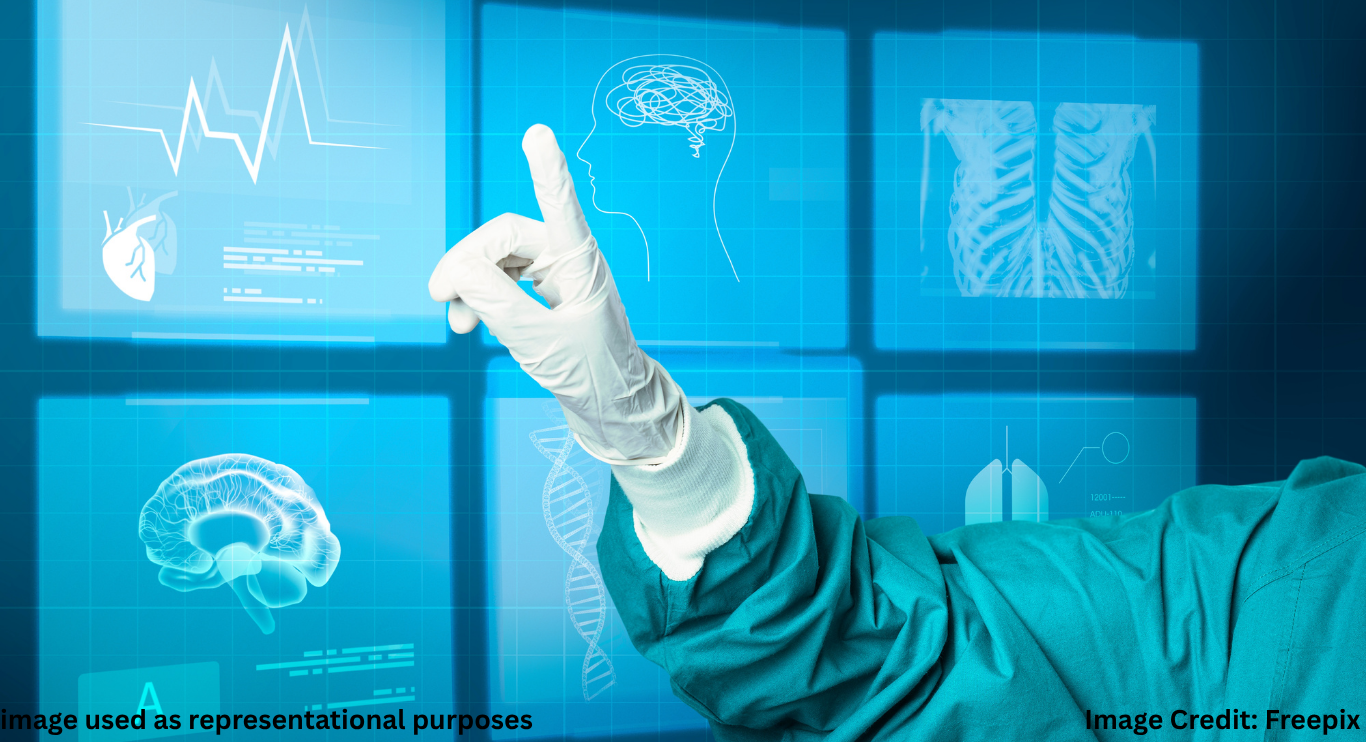-

How AI is Transforming Everyday Gadget: Benefits and Future Trends How AI is Transforming Everyday Gadgets: Benefits and Future Trends; is a trend that’s changing how we live, work, and connect. From smart watches to home appliances, AI is turning basic devices into intelligent assistants
- Artificial Intelligence (AI) has gradually made its way into our daily lives—not with a bang, but with a smooth integration into the gadgets we use every day. From smart speakers and watches to phones and home appliances, AI is quietly transforming how we interact with technology, making it more intuitive, efficient, and personalized. In this article, we’ll explore how AI is reshaping everyday gadgets, the benefits it brings, and where it’s headed next.
-
AI in Everyday Devices: A Quiet Revolution
- AI might sound like something futuristic or highly technical, but chances are, you’re already using it every day without realizing it. Smartphones use AI for facial recognition, autocorrect, camera enhancements, and even also predicting your next word while typing. Wearables like smart watches monitor your sleep, heart rate, and activity levels using AI algorithms. Even smart TVs and refrigerators now “learn” user behavior and adjust settings accordingly.
-
How AI is Transforming Everyday Gadgets: Benefits and Future Trends in 2025
- The beauty of AI in gadgets is how seamlessly it works in the background, learning your habits, anticipating your needs, and simplifying daily tasks.
-
BENEFITS OF AI IN EVERYDAY GADGETS
- Personalized User Experience:
One of the biggest advantages AI brings is personalization. Devices adapt to your behavior over time. For example, music apps suggest songs based on your listening history, while smart assistants like Alexa or Google Assistant learn your voice, routines, and preferences. - Improved Efficiency:AI optimizes how gadgets operate. Smartphones use AI to manage background apps and conserve battery. Smart home thermostats learn your schedule and adjust temperatures accordingly—saving energy and money.
- Health Monitoring and Safety:
Wearables now come with AI-powered health features like ECG tracking, fall detection, and stress monitoring. These devices not only gather data but analyze it in real time to provide alerts or suggestions that can save lives. - Smarter Navigation and Automation:
Smart speakers, vacuum cleaners, and appliances are becoming more context-aware. For example, AI-powered vacuum robots map your house, avoid obstacles, and learn the best cleaning routes. - Enhanced Security: Facial recognition and biometric sensors, powered by AI, have become common in gadgets. AI also enables smart surveillance systems to identify unusual movements, differentiate between humans and animals, and send instant alerts.
-
EXAMPLES OF AI IN ACTION
- Google Pixel phones: use AI to enhance photos, predict what apps you’ll need next, and even screen calls for spam.
Apple’s Siri and WatchOS: use AI to give health updates, daily summaries, and proactive notifications based on usage patterns.
Fitbit: uses AI to offer fitness suggestions and detect sleep disturbances.
Smart refrigerators:use AI to track what food items you have, suggest meals, or alert you when something is expiring.
Amazon Alexa: gets smarter with every command, learning your routine and improving the accuracy of responses. -
FUTURE TRENDS: WHAT’S NEXT FOR AI IN GADGETS?
- AI is rapidly evolving. Here are some key trends shaping the future of everyday technology:
- Context-Aware Devices:
Gadgets will become more aware of their environment. Your phone might silence itself during meetings or suggest actions based on your location, time of day, or calendar. - Emotion-Sensitive AI: Future devices may detect emotional states through voice, facial expression, or heart rate—adjusting responses or content accordingly. Imagine a virtual assistant speaking more gently when you’re stressed.
- AI-Powered AR/VR:With augmented and virtual reality gaining traction, AI will play a key role in creating immersive, responsive environments. AR glasses could offer real-time translation, navigation, or assistance in physical tasks.
- Edge AI: Rather than relying on cloud servers, gadgets will perform AI computations locally. This means faster processing, improved privacy, and reduced internet dependence—especially helpful in wearables or smart cameras.
- Integration Across Devices: Expect smarter, more synchronized ecosystems. Your smartwatch could detect stress and ask your smart speaker to play calming music while your lights dim automatically. AI will act as the invisible glue binding all gadgets together.
-
CHALLENGES AND CONCERNS
- Despite the benefits, there are concerns:
- Privacy: AI thrives on data. Devices constantly collecting information raise concerns about how that data is stored, used, or shared.
Security: As gadgets become smarter, they’re also vulnerable to more sophisticated cyber threats.
Bias in AI: If trained improperly, AI algorithms may reflect biased or unfair outcomes. Transparency in AI training is essential. - Regulations like GDPR and new privacy features are emerging to address these, but users must remain aware and vigilant.
- Final Thoughts
- AI is no longer a distant concept—it’s already shaping the gadgets we rely on every day. From making our lives more convenient and connected to potentially improving our health and safety, the benefits are profound. And as the technology evolves, we can expect our gadgets to become even more intelligent, responsive, and personalized.
- The future of AI in gadgets lies not just in smarter features, but in creating seamless experiences that align with our daily lives—anticipating needs, solving problems, and adapting to us in ways we once thought impossible.

Akalumhe Jefferson is a content writer with a new found interest for crafting engaging stories that transport readers to new worlds. Although no current actual background in creative writing but there’s active love for writing




Very informative
Thank you so much for your thoughtful words.